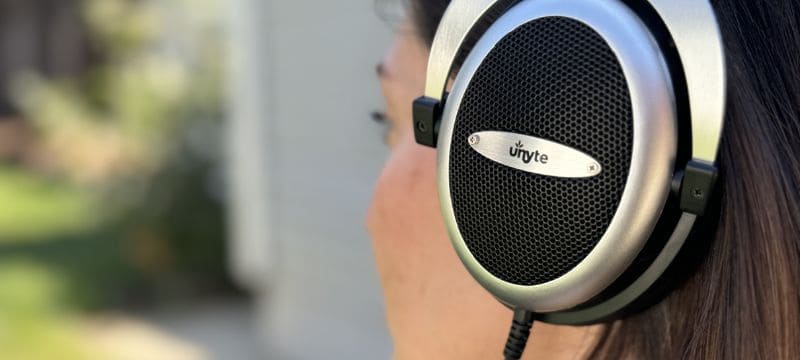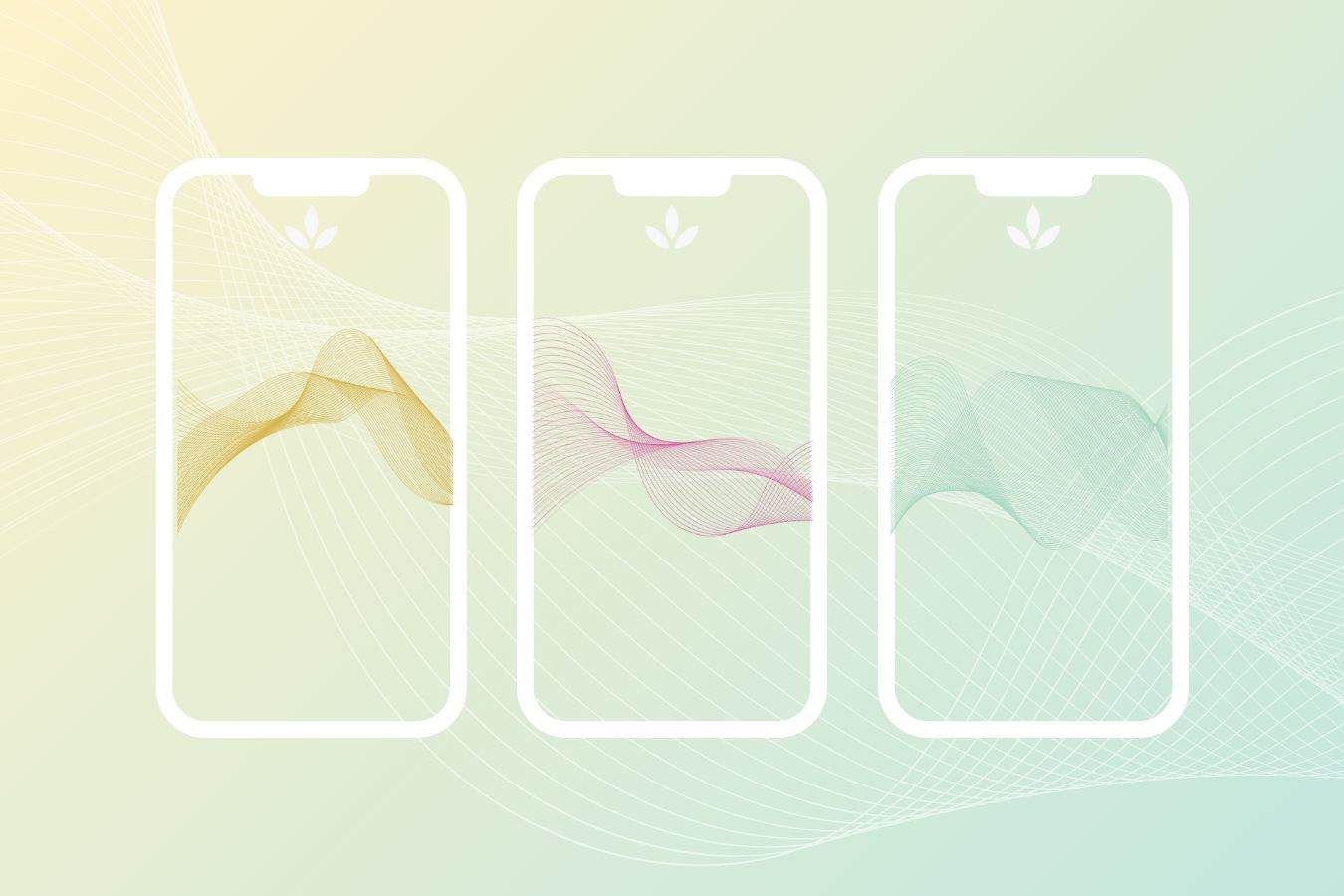| By Unyte Editorial Team Reviewed by Unyte Clinical Team |
As a therapist or healthcare provider, matching the right intervention to the unique nervous system needs of your clients can be one of your greatest challenges. Whether someone is locked in a chronic stress response, shut down from burnout or trauma history, or struggling with developmental and learning challenges, the modalities you choose to apply can make a difference in their journey.
Unyte Health offers three powerful listening therapies that support nervous system health and brain-body organization in different, yet complementary, ways: the Safe and Sound Protocol (SSP), Rest and Restore Protocol (RRP), and Integrated Listening System (ILS).
While each listening therapy has a distinct purpose, they also share commonalities and can be integrated to complement each other. For example, all three are structured, sound-based programs that work through the auditory system. They’re designed to support regulation, development, and connection, and offer flexibility for in-clinic or remote delivery.
Let’s take a deeper dive into how they differ, what makes each one uniquely impactful, and how they can work together in your practice.

Overview of Each Listening Therapy
While all three Unyte Health listening therapies use music and sound to engage the nervous system, their purpose, mechanisms and clinical applications are distinct.
Safe and Sound Protocol (SSP)
Think, feel and connect better through nervous system regulation.
Rooted in Dr. Stephen Porges’ Polyvagal Theory, SSP supports connection with others and the world around us. It is designed to activate the ventral vagal pathway and social engagement system to improve emotional regulation, sound sensitivity, relational capacity and more. Through music that has been carefully filtered through a patented algorithm, SSP is designed to retune the nervous system toward safety and help clients shift out of states of chronic defense, so they can better engage with the therapeutic process.
Rest and Restore Protocol (RRP)
Return to yourself through the transformative power of sound.
Also grounded in Polyvagal Theory, RRP is designed to support self-regulation and connection to the self. It gently engages both the dorsal and ventral vagal pathways through music embedded with biological rhythms, like heartbeat and breath. This signals the autonomic nervous system to promote homeostasis, internal safety and visceral regulation, making it ideal for clients experiencing fatigue, shutdown, or a disconnection from their body.
Integrated Listening System (ILS)
Build and optimize your skills through brain and body integration.
In contrast to the generally passive, regulation-focused approaches of SSP and RRP, ILS is a multisensory intervention grounded in the science of neuroplasticity. It supports brain-body organization by integrating the cognitive, visual, auditory and vestibular systems. Through modified music paired with movement and cognitive tasks, ILS provides gentle, targeted and repeated stimulation to key areas of the brain, helping it grow and rewire itself to build foundational life skills related to attention, coordination and sensory processing.
While each program focuses on a different therapeutic goal — self-regulation, co-regulation and body organization — they share a common commitment to harnessing sound for meaningful change through the nervous system.

How to Meet Clients Where They Are
When selecting a program, it’s essential to understand not just the client’s behaviors or diagnosis, but their underlying nervous system state, functional needs and overall goals. Here are a few examples of potential use cases:
- SSP may be ideal for clients who feel disconnected from others — those showing signs of emotional dysregulation, sound sensitivities or social withdrawal. By stimulating the ventral vagal system and social engagement network, SSP helps build the foundation for connection, trust and co-regulation.
- RRP is well-suited for clients who are disconnected from their internal world — those appearing shut down, fatigued or have poor awareness of their bodily sensations. Its gentle music and rhythm-based design engage the dorsal and ventral vagal pathways and visceral systems, helping to calm and restore mental and physical functioning, and supporting clients in reestablishing internal safety, rest and regulation.
- ILS may be helpful for clients who lack the integration of skills across the brain and body. Whether they face developmental, sensory-motor or learning challenges, ILS targets cognitive and sensorimotor systems to gradually train the brain and body to process and respond to multisensory input more effectively through improved organization, leading to improved function in the world.
As with implementing any treatment approach, deciding which listening therapy is right for your clients requires an informed understanding of where they are in their journey.

Shared Strengths Across All Three Listening Therapies
While their purposes and mechanisms differ, SSP, RRP and ILS also have several aspects in common:
- They all use sound and music as the delivery vehicle, targeting the auditory pathways to influence broader systems. While each listening therapy uses different music, all of the available playlists have been carefully and intentionally curated to achieve their outcomes.
- They can be delivered remotely or in person using the Unyte Health app, making them accessible for a wide range of client settings. Providers and clients also have the option for a hybrid delivery model that combines in-person listening with remote sessions, depending on client needs, making each one flexible and accessible. Plus, you can deliver all three programs from the same app.
- They’re structured yet adaptable, allowing clinicians to titrate the experience to match client tolerance and goals. Providers report positive impact from as little as a few minutes of listening up to 60 minutes per session.
- These programs can seamlessly complement other modalities, such as somatic therapies, talk therapy, occupational therapy, EMDR and more, helping to enhance client readiness and engagement in sessions.
- They’re non-invasive and body-based, which makes them especially suitable for clients who may struggle with talk therapy or have limited capacity for engagement in therapy.
- They are all supported by research, with pilot studies, clinical trials, and case studies validating their impact and guiding best practices.
Combining Listening Therapies: A Layered Approach to Care
Rather than choosing just one listening therapy, some clinicians find that the real power lies in using these programs together, sequenced to meet the client’s current state and building from there.
For example:
- A client who is feeling shut down or disconnected from themselves may begin with RRP to gently activate awareness and reconnect to internal cues.
- Once the client starts to feel more present and available, SSP can help enhance their social engagement and readiness for deeper interpersonal work.
- When the autonomic nervous system is able to be more regulated, ILS can be introduced to support the development of attention, learning and other higher-order functions.
This layered approach allows you to build a foundation of regulation and safety first, before moving toward more complex goals. Introducing one listening therapy at a time also helps prevent overwhelm and allows the client to build tolerance and capacity for this work.
How to Choose the Right Starting Point
If you’re wondering where to begin, ask yourself:
- Does my client need help feeling safe and socially connected? Start with SSP →
- Is my client numb and exhausted, needing calm, internal safety? Begin with RRP →
- Is my client ready to build functional, developmental skills? ILS may be the next step →
Each program brings something unique. Together, they offer a comprehensive toolkit to support nervous system healing, resilience and growth. For more information, explore our detailed, in-depth guide to Unyte listening therapies.

Still not sure which one is right for your clients?
Let’s talk through it. Book a free call with a Programs Consultant to determine which listening therapy is right for you.



 © 2025 Unyte Health US Inc.
© 2025 Unyte Health US Inc.